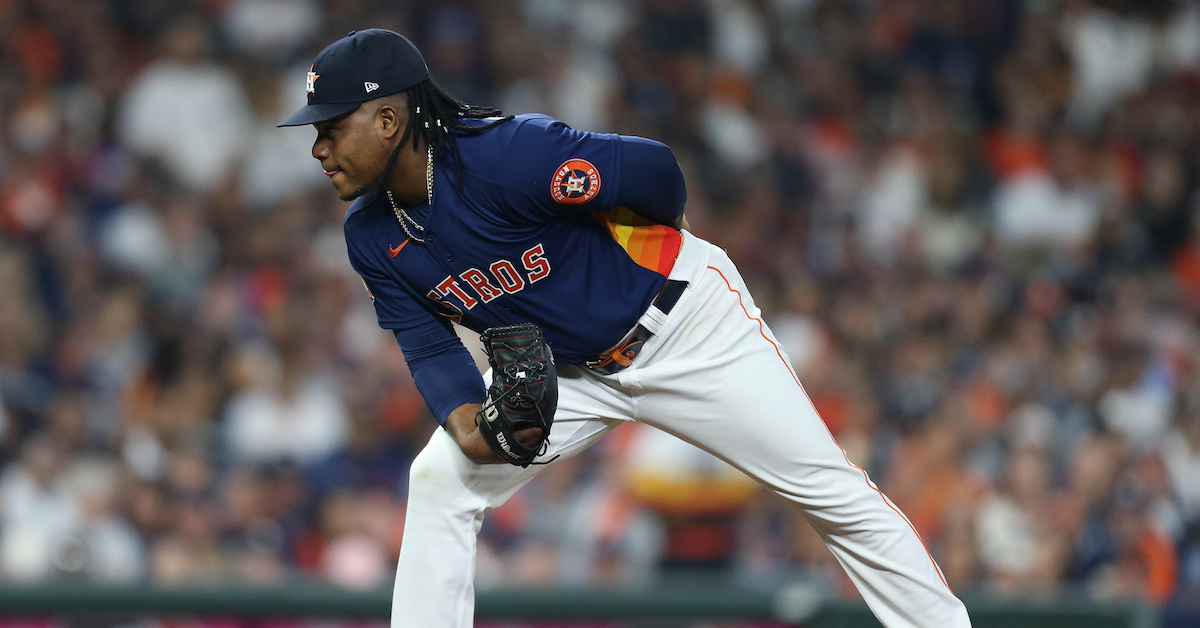Sunday Notes: Cubs prospect Matt Mervis Can Mash
Matt Mervis didn’t get a ton of opportunities to hit at Duke University. He hit a ton this summer in his second full season of pro ball. Signed by the Chicago Cubs as a non-drafted free agent in 2020, the 24-year-old first baseman went deep 36 times across three levels — 15 of his dingers came in Triple-A — while slashing a robust .309/.379/.606. Currently competing in the Arizona Fall League, he has four home runs to go with an 1.103 OPS in 36 plate appearances with the Mesa Solar Sox.
Mervis’s ability to clear fences is his calling card, but that’s not how he views himself as a hitter.
“I have power, but I wouldn’t call myself a power hitter,” said Mervis, who went into yesterday as the AFL’s co-leader in home runs along with Heston Kjerstad. “I like to be a hitter. I hit for average and hate striking out. I try to move the ball, and if it turns into a double or a home run that’s great. I’m a big guy and hit the ball hard naturally, so it was really just simplifying my swing that led me to driving the ball more this year.”
Mervis does recognize that extra-base power is a big part of what will get him to the big leagues. At 6-foot-4, 230 pounds, slashing singles would be a path to nowhere.
“I’m a left-handed-hitting first baseman and it’s what we’re supposed to do in a lineup,” acknowledged Mervis. “That was the case long before the game turned to home runs and strikeouts. I grew up watching guys like David Ortiz, Prince Fielder, and Anthony Rizzo, a bunch of left handed hitters with a bunch of power. I don’t put pressure on myself to do that, but I obviously want to hit home runs and help us win.” Read the rest of this entry »








